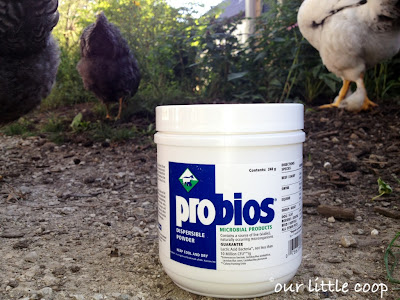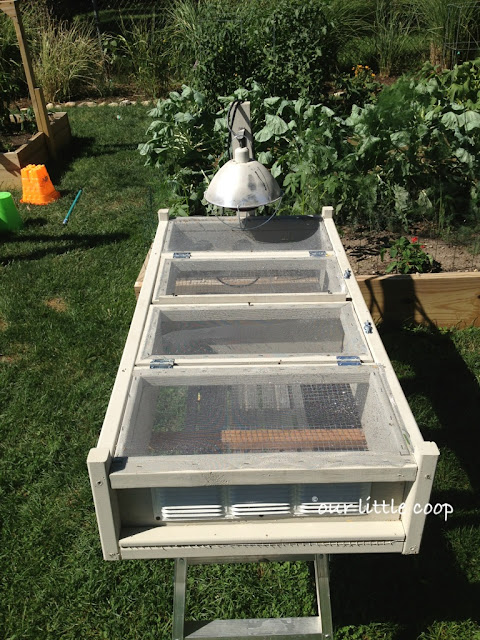1. Shaving Cream. Olive oil can be used as a substitute for shaving cream leaving your skin moisturized.
2. Furniture Polish. Us a teaspoon of olive oil on a soft rag and polish away!
3. Fingernails. Mix a bit of olive oil and water and soak your nails before a manicure. Or apply to moisturize cuticles.
4. Treating Lice. Saturate your scalp and hair in olive oil, cover with a shower capo and leave on for a minimum of 3 hours.
5. Makeup Remover. Apply olive oil under your eyes and face. Rub gently and remove with a wet cloth
6. Hair Conditioner. Use a small amount after shampooing to replace hair conditioner.
7. Shine Stainless Steel and Brass. Rub a small amount of olive oil on a rag and rub onto stainless steel and brass to prevent streaking and tarnish.
8. Help Earaches. Carefully with a q-tip or cotton ball, apply olive oil to the outside of the ear cavity.
9. Hinge Lubricant. Wipe down your squeaky hinge with a cotton ball dipped in olive oil.
10. Shoe Polish. Buff your shoes with olive oil using a cloth.
11. Diaper Rash. Gently rub olive oil onto your babes bottom to help prevent diaper rash.
12. Polish Your Floor. Mix 1/3 cup olive oil, 2/3 cup white vinegar, add to a spray bottle, spritz floor and shine with a soft rag.
13. Control Hair Frizz. Comb a small amount of olive oil through hair to control frizz.
14. Remove Paint From Hair and Skin. Apply olive oil to paint on hair or skin and rub until the paint loosens.
15. Lip Balm. Rub olive oil on lips. Easy Peasy!
16. Foot Softener. Rub feet with olive oil before bed, apply clean white cotton socks, sleep with socks on remove in morning
17. Skin Moisturizer. Rub olive oil on your skin daily to keep skin moisturized and healthy. Reduces wrinkles and doesn't clog pores.
18. Unstick A Zipper. Apply olive oil to the teeth of the zipper with a cotton ball and work zipper down.
19. Stop Snoring. Sipping a small amount of olive oil before bed lubricates the throat and can help curb disruptive snoring.
20. Use As Bath Oil. Add a few tablespoons of olive oil to running bath water. Be careful the tub will be slippery.
21. Clear Up Acne. Add 3 tablespoons oil oil with 4 tablespoons of salt and rub onto your face. Leave on for one minute and rinse off with war my soapy water.
22. Clean Greasy Hands. Rub a few tablespoons of oil oil in greasy hands. Wash with warm water and soap.
23. Recondition An Old Baseball Mitt. This will take a little longer than traditional treatments. Rub oil into the mitt until desired condition has been met.
24. Freezing Herbs. Fill ice cub trays with olive oil and chopped herbs. Place in freezer. Once frozen, remove from tray and place in a freezer bag. Use as desired.
25. Hairball Care. Help your cat pass hairballs by adding 1/4 tsp to their food daily.











































-4.jpg)